Follow us
Gary Wright’s Journey: Beyond “Dream Weaver”
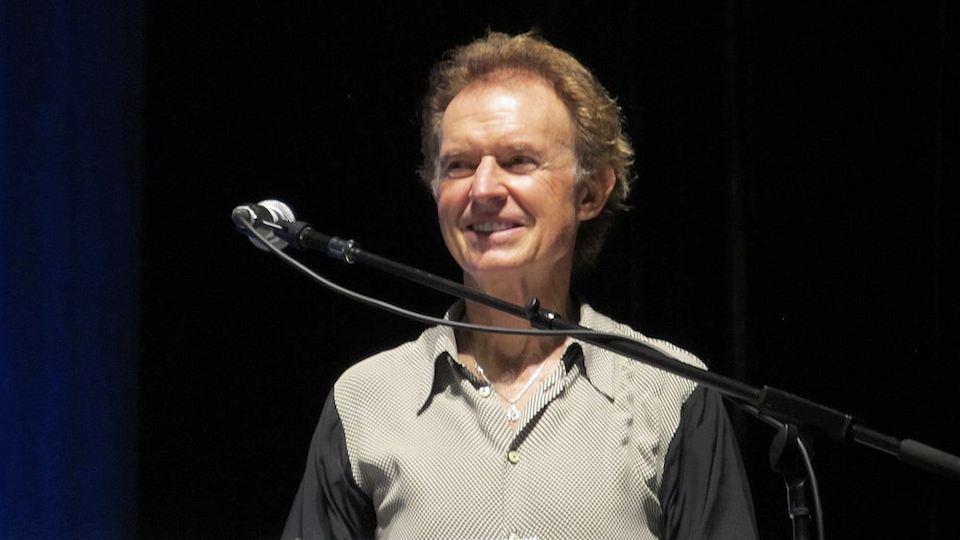
On Sept. 4, 2023, Gary Wright passed at his home in California, after several years of battling Parkinson’s Disease and Lewy Body Dementia. The legendary keyboardist was 80 and left behind a musical odyssey that could only happen in the 60s/ 70s era of Rock and Roll. He delivered hit records, played, and wrote with the best of the era’s rock royalty, and collaborated with two Beatles. This all happened after he decided to leave medical school for a musical career.
Gary Wright was a Jersey boy, who grew up in the town of Cresskill just a mere 15 miles from Broadway. At seven, he gravitated to New York City for TV work as a child actor for the 1950s show Captain Video and his Video Rangers. He would later play the role of “Cesario” in the Broadway production of Fanny, opposite Florence Henderson of subsequent Brady Bunch fame.
In the early 60s, he and a friend from his high school (Tenafly High) recorded a demo that was eventually picked up by 20th Century Fox Records. “Working After School” was never a hit, but it put Wright in the musical game. His parents had other plans.
Always a great student, he worked through an undergraduate degree from the College of William & Mary in Virginia as well as NYU graduate school. He eventually entered medical school at Downstate Medical School in New York. Gary quickly got distracted by his evening gigs with a local band. Knowing where the action was in the early 60s, he left med school for London to try to build his music career.
Picking up gigs came quickly for Wright. While on the circuit, he made a chance meeting with Chris Blackwell, the budding creator of Island Records who was assembling his vision for a blues rock band. That got Wright his slot with Spooky Tooth, as the keyboardist, singer, and writer of his own music. He was now a professional. Spooky would implode after three albums, with lead guitarist Luther Grosvenor leaving to join Mott The Hoople (changing his stage name to Ariel Bender). Wright had already seen the writing on the wall a year before and began negotiating a solo career with other record companies.
Around this time, he began recruiting musicians for what would be his first solo effort (Extraction, 1970) and approached fellow New Jersey guitarist Hugh McCracken, drummer Alan White (who had already recorded with John Lennon and eventually joined Yes), along with requesting the bass talent of Klaus Voormann, the Beatle insider from their Hamburg days. Voormann was helping George Harrison on the triple album All Things Must Pass. He asked Gary to come along and “see if you can contribute.” Slipping into the studio that day without telling the hot-headed Phil Spector, Gary found himself being shouted at by the Producer- “Who the HELL is playing that organ?”
Once Klaus and the others settled things down and introduced Wright to Spector, Harrison walked over to Wright and told him, “It’s OK, take as much time as you need to feel comfortable with the music.” Wright told the hosts of Sirius XM’s Fab Forum show in 2018, “That was the beginning of my relationship with George, which eventually grew. He became my spiritual mentor.” George saw the relationship the same way; by the end of 1970, Wright was invited to join George on his trip to India for Ravi Shankar’s birthday party.
Wright would study the religions introduced by Harrison and his friends and observe the influence George had on others. “George had a lot of power. Not power to abuse, but the power to consider other views.” Wright noted that only someone as influential as George Harrison could bring Eastern religion, terms, and views to pop culture. “The record companies shied away from religious topics by pop stars in those days. Only George had the power to push that into the mainstream.”…and “My Sweet Lord” was born.
Gary Wright would play on all of George Harrison’s 70’s solo works; Harrison (credited as “George O’Hara,” for contractual reasons) worked with Wright through his second solo album, Footprint released in April 1971.
We can find Wright on YouTube in a performance on The Dick Cavett Show with his band (including then-unknown guitarist, Mick Jones, who later formed Foreigner). Cavett announces the band and with a raised eyebrow, adds “and friend” to conclude his introduction. With long hair hiding his face, George sat in the back of the band playing slide guitar. When the band concludes, he pats Wright on the back in support.
The best was yet to come for Gary’s career with 1975’s Dream Weaver album. His initial idea was to make an all-keyboard album; eventually, he broke down, adding drums and other instruments. The album’s first single would be the groundbreaking title track, “Dream Weaver.” The synthesizer tour-de-force would subsequently influence other artists (10cc’s “I’m Not In Love”, and The Cars’ overall synth-pop sound), and there was plenty of speculation about the title.
Because Wright was always associated with the Beatles, it was speculated that he’d “nicked” the term from John Lennon’s 1970 song “God,” when he sang: “I was the Dream Weaver.” “No, I didn’t know the tune at the time” Wright testified in that 2018 XFM interview, “I actually got the term from a spiritual book George (Harrison) gave me called God, God, God.” Wright’s single reached #2 on the Billboard charts, as did his follow-up single, “Love Is Alive.”
He would become closely associated with all things synthesizer, gaining sponsorship from Moog and Oberheim, and eventually becoming one of the first players to perform with a portable keyboard, strapped over his shoulder, enabling him to play upfront.
In his later days, Gary Wright would release soundtracks for several films, writing scores for popular movies like 1982’s Endangered Species and producing a #1 soundtrack for the skiing-themed movie Fire and Ice (1986). Later years also saw reunion tours with Spooky Tooth and stints with Ringo’s All-Starr band.
In 2014, Gary released his autobiography, Dream Weaver: Music, Meditation, and My Friendship with George Harrison.
RIP to the Dream Weaver.
-Steven Valvano
Photo: Gary Wright, Paris 2011 with Ringo’s All-Starr Band (Dr Jean Fortunet via Wikimedia Commons)







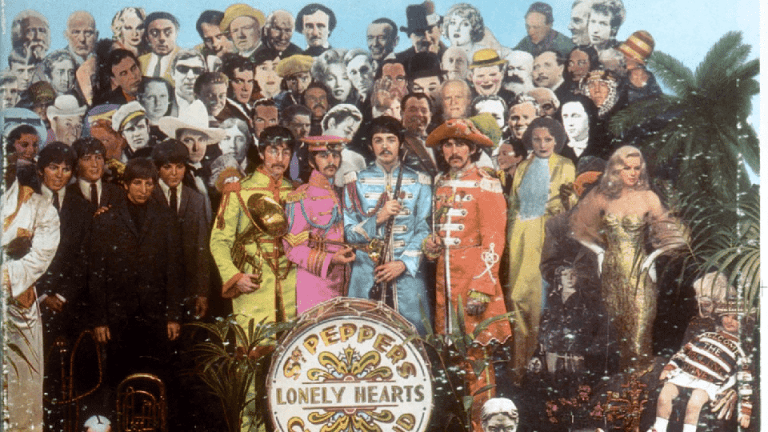
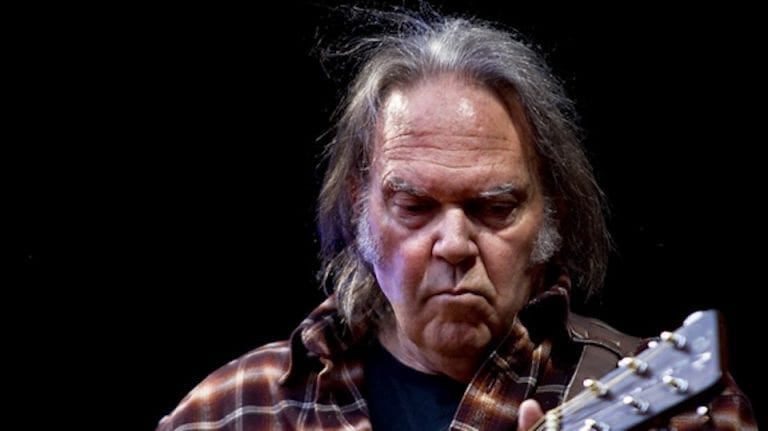



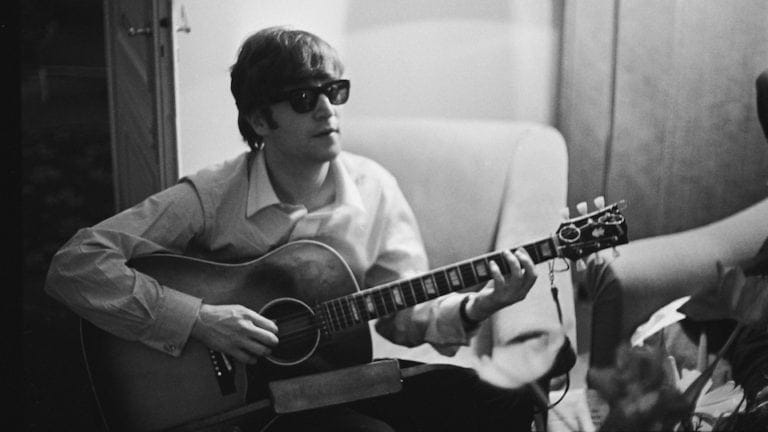



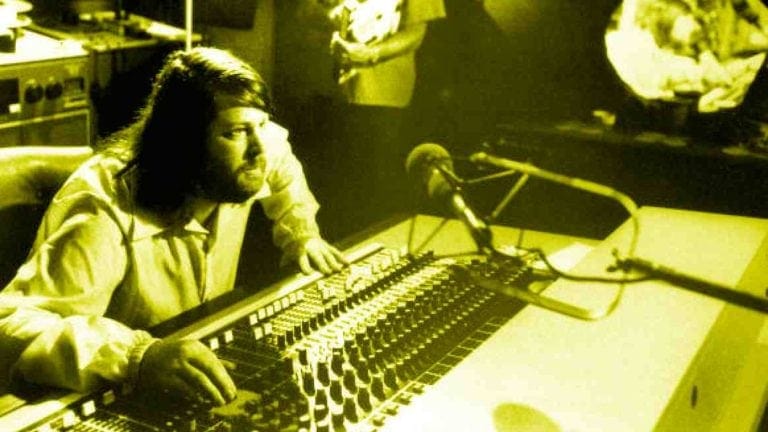
Nice work.
Coming from you, my friend, that is high praise! -SV
I had no idea Gary was from Jersey! I assumed he was from the UK.
Love that gem from the Dick Cavett show.
…YES! …and add in Hugh McCracken as another Jersey guy and we are full of surprises!!